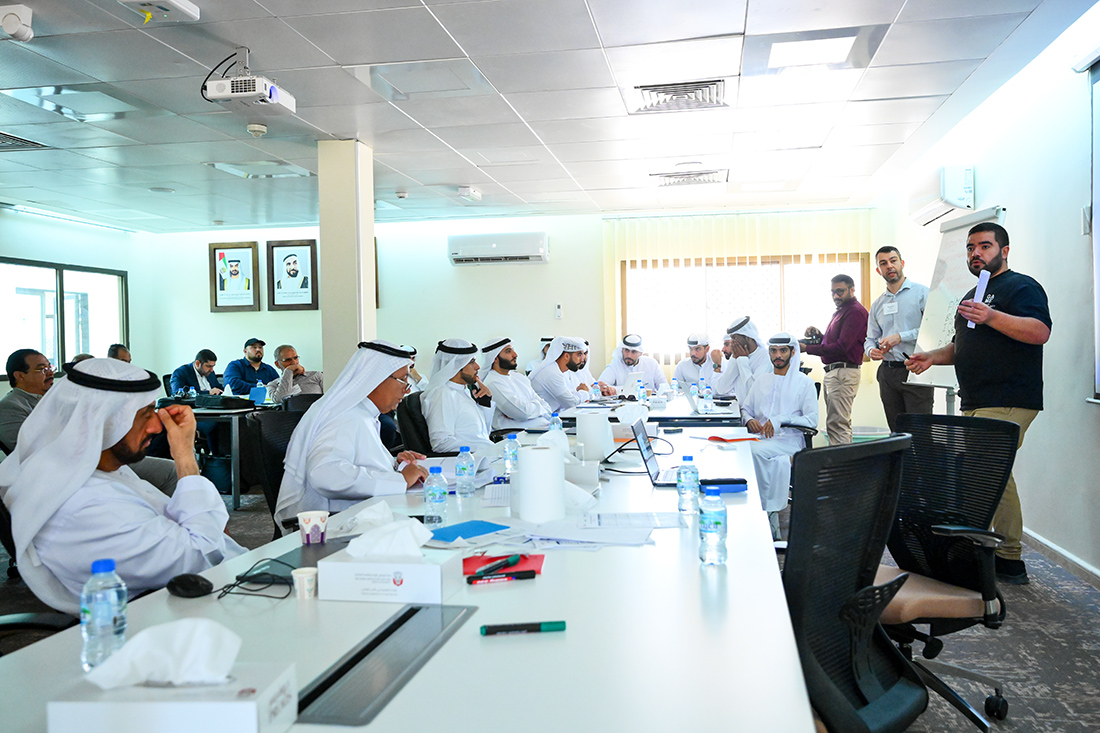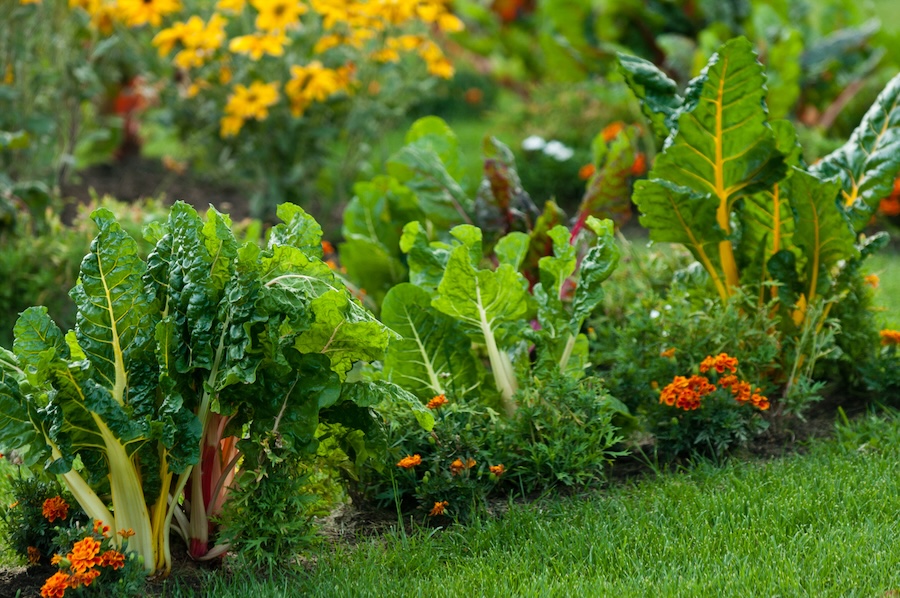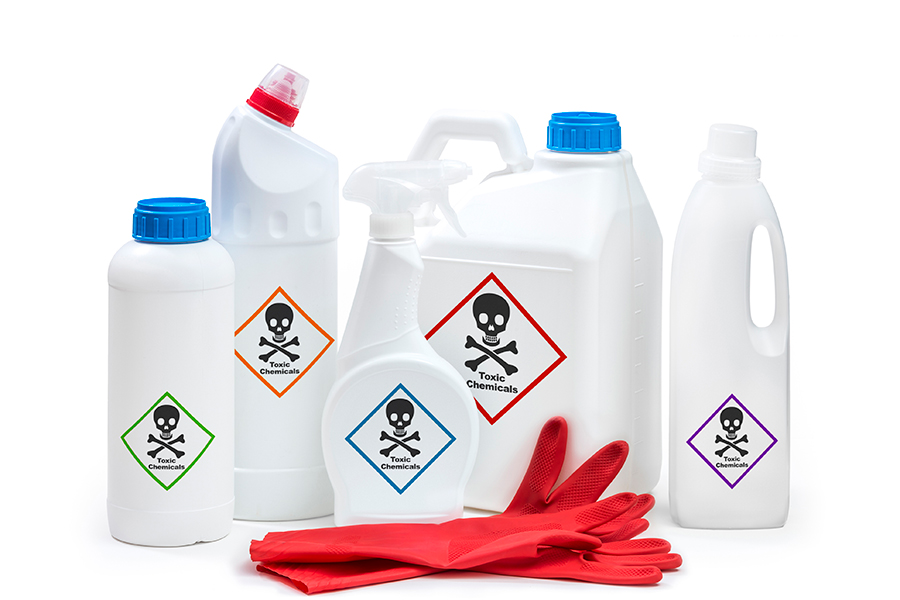Latest
In the news
respiratory therapy
MORNING AGCLIPS
Southeastern U.S. scientists launch management calendar to help manage spotted lanternfly
THE NEW YORK TIMES
-
 Cultivating Curiosity Podcast
Cultivating Curiosity PodcastSix expert tips for a healthy septic system: What every homeowner should know
-
 International Programs
International ProgramsPack your bags! CAES expands study abroad with new food and agriculture programs in 2026
-
 Flavor of Georgia Food Product Contest
Flavor of Georgia Food Product ContestUGA’s Flavor of Georgia competition brings together food innovation, entrepreneurship
Integrative Precision Agriculture
-
 Integrative Precision Agriculture
Integrative Precision AgricultureAt UGA, student researchers build the future of agriculture through robotics and solar innovation
-
 International Programs
International ProgramsCAES leads global project to boost local food systems in the United Arab Emirates
GARDENING
Emergency Preparedness
-
 Agricultural and Applied Economics
Agricultural and Applied EconomicsFighting fire with fire: How prescribed burns can help mitigate wildfire risks
expert resources
Expert resources, also known as UGA Cooperative Extension publications, offer unbiased, research-backed advice to empower Georgians with practical, trustworthy information on agriculture, the environment, food, family and more.













